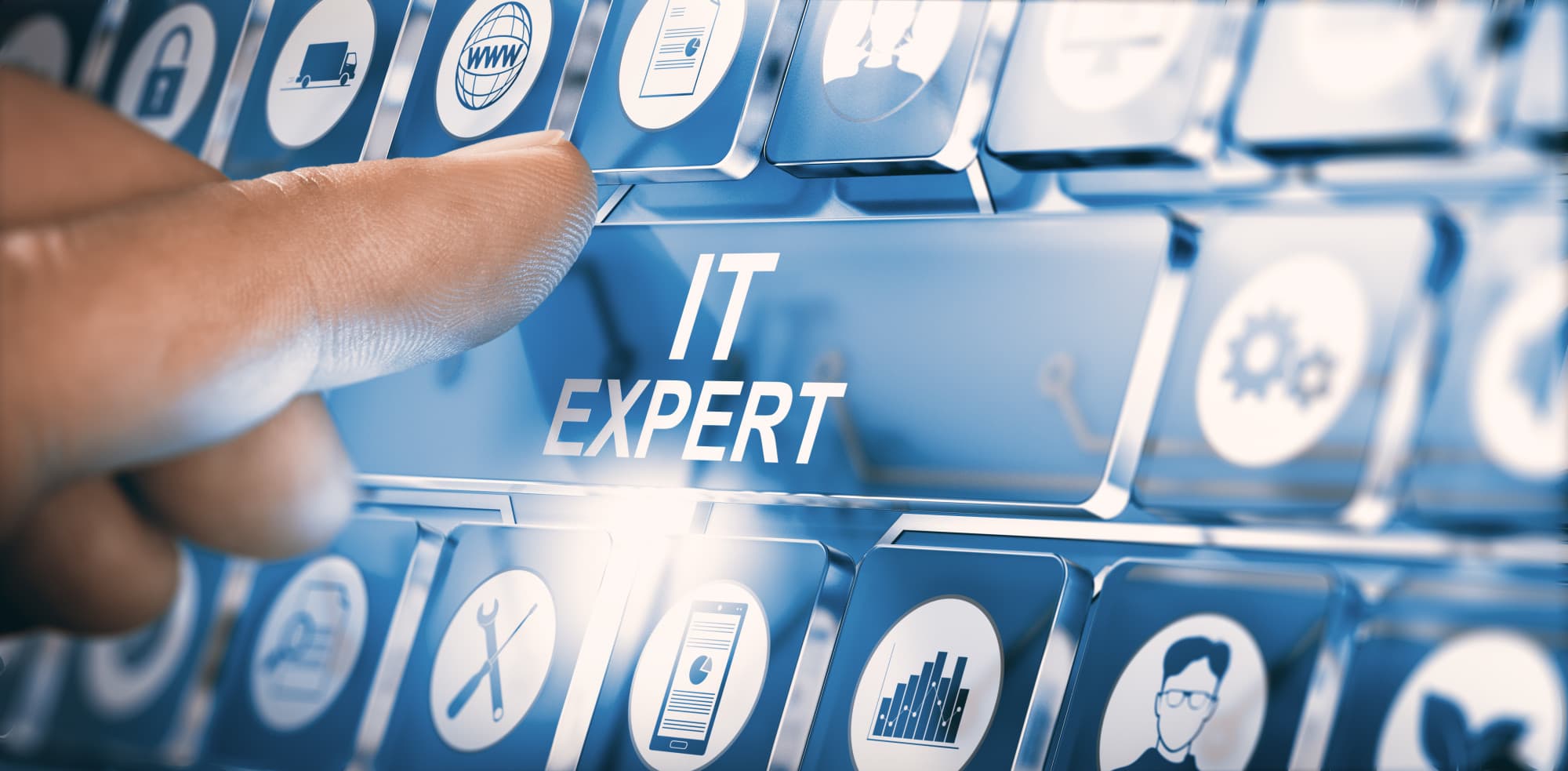3 Action Guide to Choosing the Right Disaster Healing Solution
Whether it's a ransomware attack, a natural disaster, or corruption of a customer's database, you wish to make certain that your organization's IT system can recover. Having an organization connection and disaster healing (BCDR) strategy is vital. There are a plethora of BCDR options (on-premise, hybrid, or cloud-based), and it's essential to pick the best one for your organization needs. Here's what you should be looking out for when evaluating your next BCDR option.
Find the Right Business Continuity/Disaster Recovery Solution in 3 Steps:

1. Assess BCDR and DRaaS Solutions
One of the greatest elements when selecting a BCDR solution is figuring out whether you'll outsource assistance or handle it internally. If you plan on contracting out assistance, you'll need to partner with a managed services provider (MSP) that is proficient in continuity and compliance solutions. Because lots of BCDR solutions integrate cloud, software application, and hardware elements - you'll need a process to support your virtual properties, regional servers and desktops. BCDR hardware has several purposes including:
Hosting BCDR software
Transferring server images to the cloud for catastrophe healing
Storing regional copies of backup server images for routine restores
Acting as the main server throughout a failover, allowing business to continue during restorationBCDR software is used to automate and handle backup and recovery procedures. After an initial complete server backup, BCDR software takes incremental photos to produce "recovery points" or point-in-time server images. Healing points are used to bring back the state of a server or workstation to a specific time (prior on site it support services to it stopped working or information was damaged).
2. Look For BCDR Cloud Options
The best BCDR services have a cloud backup in addition to a healing component. This is due to the fact that the cloud serves two purposes in a BCDR service. The first is to offer offsite storage area for server and workstation images used for restores. The second is to take control of important operations when a failover occurs.

Backups can be saved locally - on a device or backup server in your data center - or remotely, in the cloud. For BCDR, it's finest to keep copies of your backups in both places. In other words, if it's not possible to bring back a system locally, you can failover to the cloud. Your solution needs to attend to a variety of information remediation circumstances, varying from bring back a couple of lost files to recuperating from a complete server failure or the destruction of numerous servers and PCs. Bring back from local backups is quicker, while the choice of failing over to the cloud gives you supreme security versus worst-case scenarios.
3. Address Security and Compliance Frameworks
A BCDR should address ransomware detection, point-in-time rollback abilities, and data immutability. It's crucial to look for BCDR solutions that adhere to Service Organization Control (SOC 1/ SSAE 16 and SOC 2 Type II) reporting requirements and function two-factor authentication. This can assist secure your information and lower the need for manual intervention. If you wish to discover how to keep your company healthy and secure, connect to us for a free IT assessment.